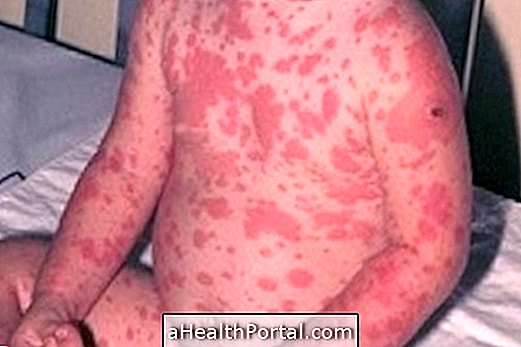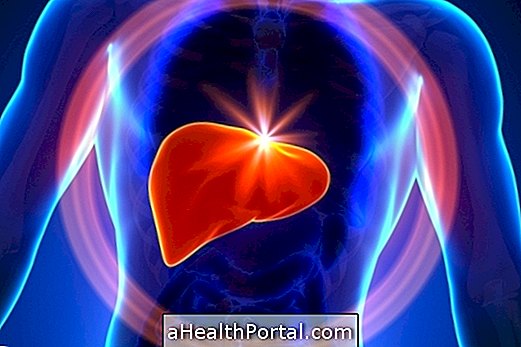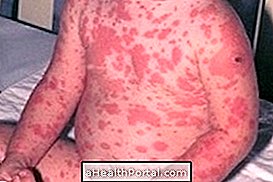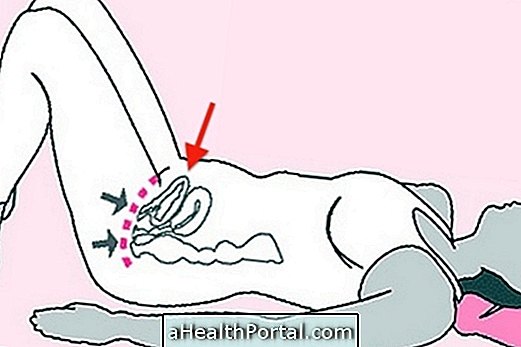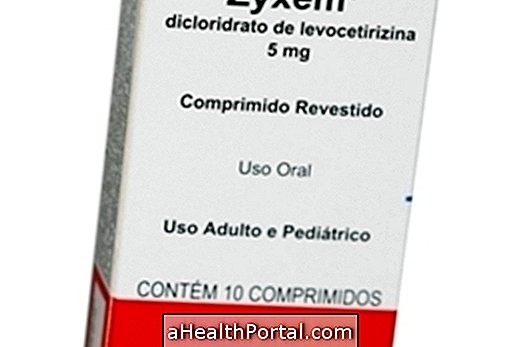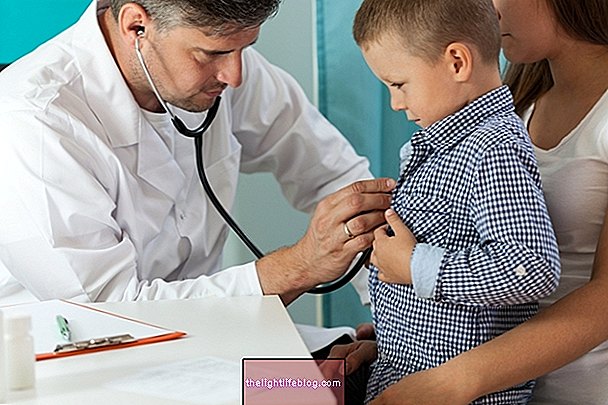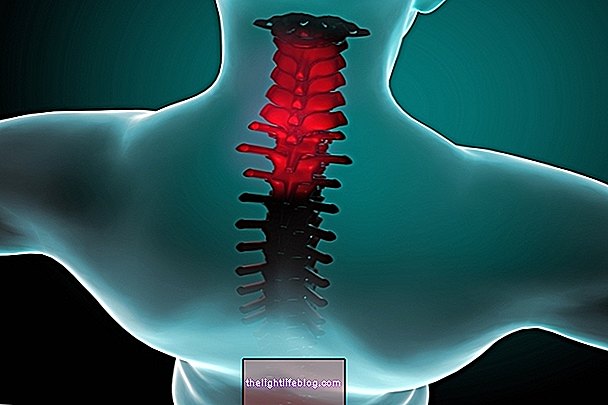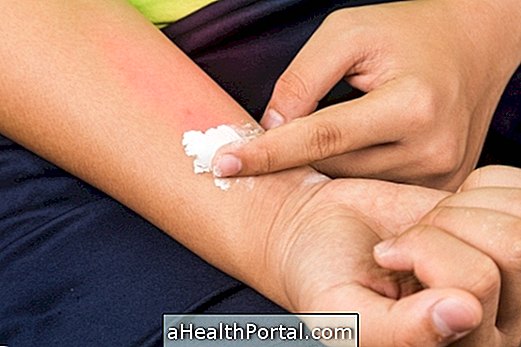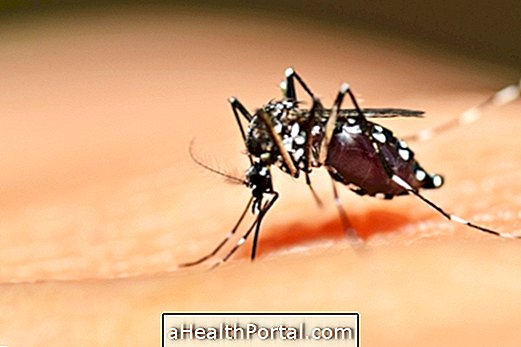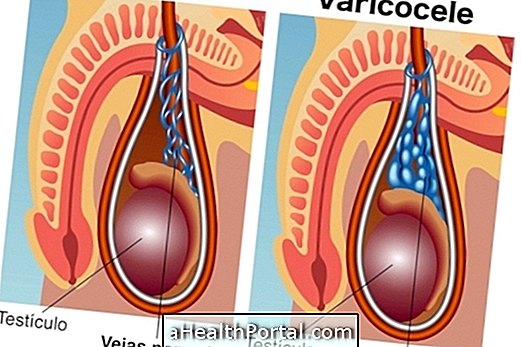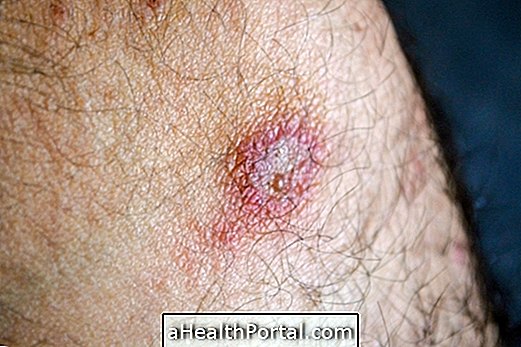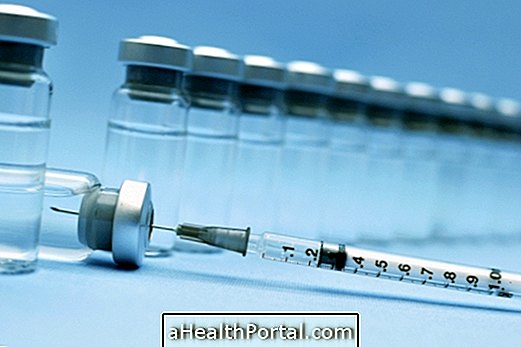Holt-Oram syndrome is a rare genetic disorder that causes deformities in the upper limbs such as hands and shoulder and heart problems such as arrhythmias or small malformations.
This is a disease that often can only be diagnosed after the child is born and although there is no cure, there are treatments and surgeries that aim to improve the quality of life of the child.

Characteristics of Holt-Oram Syndrome
Holt-Oram Syndrome can cause a variety of malformations and problems that may include:
- Deformities in the upper limbs, which arise mainly in the hands or in the shoulder region;
- Heart problems and malformations that include heart arrhythmia and atrial septal defect, which occurs when there is a small hole between the two heart chambers;
- Pulmonary hypertension is the increase in blood pressure inside the lung causing symptoms such as tiredness and shortness of breath.
The hands are usually the members most affected by the malformations, being common the absence of thumbs.
Holt-Oram syndrome is caused by a genetic mutation, which occurs between 4 and 5 weeks of gestation, when the lower limbs are not yet properly formed.
Diagnosis of Holt-Oram Syndrome
This syndrome is usually diagnosed after delivery, when there are malformations in the limbs of the child and malformations and changes in the functioning of the heart.
To perform the diagnosis, some tests, such as radiographs and electrocardiograms, may be necessary. In addition, by conducting a specific genetic test done in the laboratory it is possible to identify the mutation that is causing the disease.
Treatment of Holt-Oram Syndrome
There is no treatment to cure this syndrome, but some treatments like Physical therapy for correction of posture, strengthening of the muscles and protection of the spine help in the development of the child. In addition, when there are other problems such as malformations and changes in the functioning of the heart, it may be necessary to perform surgeries. Children with these problems should be regularly monitored by their cardiologist.
Babies with this genetic problem should be monitored from birth and follow-up should be extended throughout life, so that their health status can be regularly assessed.
